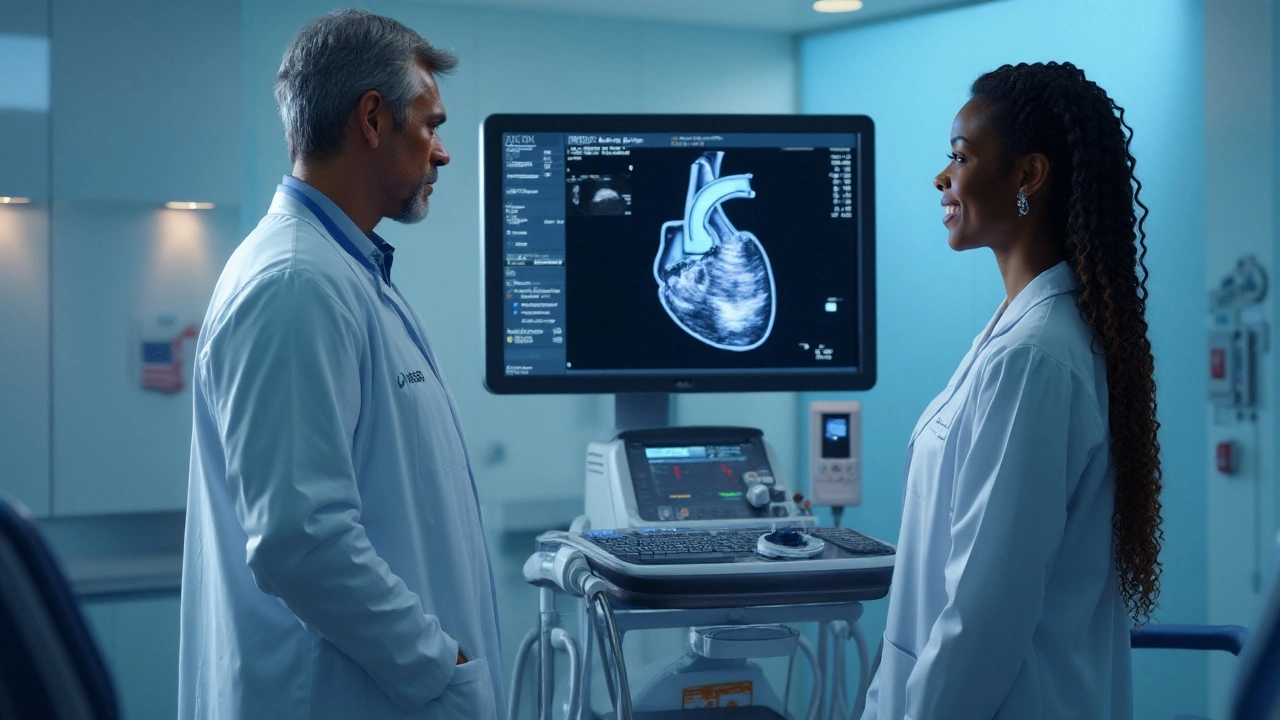Echocardiography: What It Is, How It Works, and What It Reveals
When your doctor suspects something’s off with your heart, they often turn to echocardiography, a non-invasive imaging test that uses high-frequency sound waves to create real-time pictures of your heart. Also known as an echocardiogram, it’s one of the most common ways to see how well your heart is pumping, whether your valves are leaking, or if there’s fluid around the heart. Unlike X-rays or CT scans, it doesn’t use radiation. It’s safe, quick, and often done right in the doctor’s office.
Echocardiography isn’t just one test—it’s a family of techniques. There’s the standard transthoracic echocardiogram, the most common type, where a probe is moved over your chest to capture images. Then there’s the transesophageal echocardiogram, where a small probe is swallowed to get clearer views of the back of the heart, often used when the chest view isn’t sharp enough. Stress echocardiograms check how your heart handles physical strain, while Doppler echocardiography measures blood flow speed and direction. Each version answers different questions: Is the heart muscle thickening? Are the valves narrowing or leaking? Is there a clot or hole? These details help doctors decide if you need medication, a procedure, or just monitoring.
People get echocardiograms for many reasons—symptoms like shortness of breath, chest pain, irregular heartbeat, or swelling in the legs. It’s also used after a heart attack to see how much damage was done, or for those with high blood pressure or a family history of heart disease. Even athletes get screened to rule out hidden conditions. The test doesn’t tell you everything about heart health, but it gives a clear, moving picture of what’s happening inside, which no blood test or EKG can match.
What you’ll find in the posts below isn’t just technical jargon. These are real, practical guides from people who’ve been through it—whether they’re asking how to prepare for an echo, what abnormal results mean, or how it compares to other heart tests like an MRI or stress test. You’ll see how it connects to conditions like heart failure, atrial fibrillation, and valve disease. No fluff. Just clear answers to the questions you actually have.
Learn how echocardiography identifies left ventricular dysfunction, the key measurements involved, and when to complement it with other cardiac tests.
Sep, 25 2025

